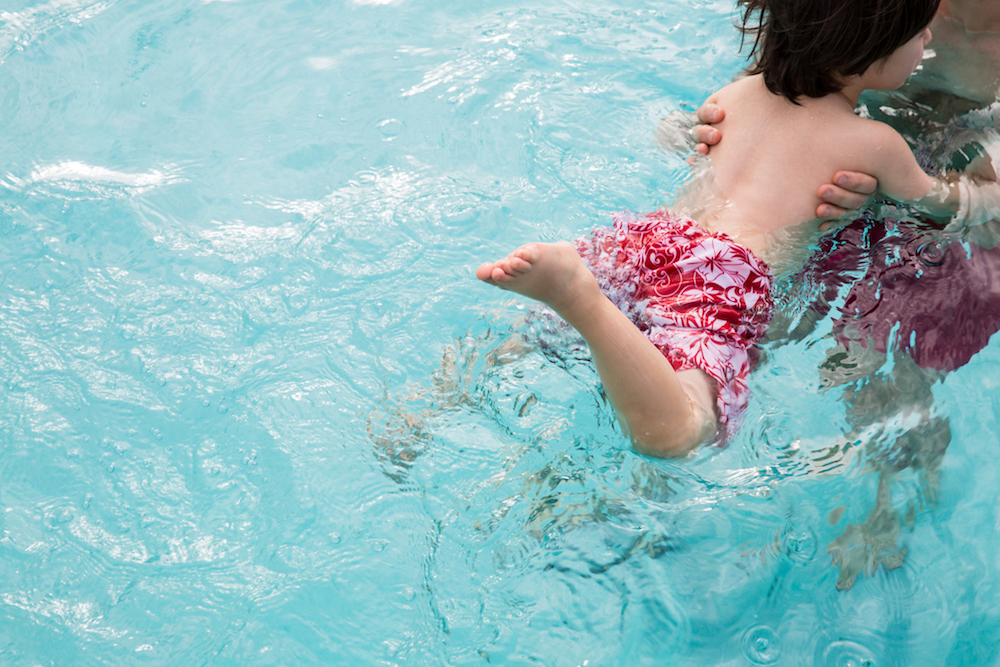Topics

PHOTO: Getty Images
Now that temperatures are rising, water activities are becoming a fun, refreshing way to keep your family active and entertained in the Houston heat. Whether you’re in your backyard oasis, at the neighborhood pool, thrilling water parks or the relaxing shores of Galveston, it’s important to refresh on some water safety tips to help keep you and your loved ones safe.
Texas unfortunately leads the nation in drowning deaths for children under 5 years of age. For each child who drowns, four others will suffer brain damage from submersion injuries. Keep in mind – children can drown in as little as two inches of water. You have to be alert and prepared around any bodies of water including pools, rivers, lakes, tubs and even sinks.
If you’re enjoying water this summer with young children, consider these general safety guidelines:
- Practice arm-length direct “touch supervision” by an adult for infants and toddlers. None of the below measures are a substitute for direct adult supervision – supervising adults should be free of distraction from phones, social media, alcohol, etc.
- Enroll your children in swim lessons. It’s never too late! These lessons often not only teach swimming, but also life-saving methods of floating for when a child awaits help.
- Install a pool fence. This should be at least four feet tall, and should self-latch at the gate. Pool covers and alarms are great, but should be used in addition to a fence.
- Put away water toys if they aren’t being used. If left in the water or near the edge of the water, they can attract children.
- Don’t rely on “floaties” or other similar devices for your children. These can slip off and provide a false sense of security.
- Consider CPR training and certification.
- Keep a cell phone near the water in case of emergency.
For older children and teenagers:
- Never swim alone – find a buddy.
- Stay near a lifeguard.
- Follow posted rules and the lifeguard’s commands.
- Don’t consume alcohol while swimming.
- No running, pushing or jumping along slippery surfaces.
Recently, I’ve seen a lot of media attention focused on dry drowning and secondary drowning. Understandably, I encounter many worried parents with questions on these topics. Learning about these scenarios and recognizing the signs and symptoms can bring you some peace of mind.
Dry drowning occurs when water enters the airway and causes it to spasm or close. This usually happens within a few hours after leaving the water. In secondary (or delayed) drowning, water entering the lungs builds up and causes swelling, impairing lung function. There might be up to a 24-hour delay of symptoms for secondary drowning.
These aren’t common incidents, but can be life-threatening. If your child exhibits the signs or symptoms below, please take him/her to the emergency room for evaluation:
- Difficult, fast or shallow breathing
- Persistent cough
- Clammy, sweaty skin
- Vomiting
- Fatigue or agitation
- Pale or blue skin
Furthermore, anytime a child is pulled or “rescued” from a body of water, he/she should receive medical attention.
If you’re interested in finding more resources on this topic, check here:
Or, visit your friendly neighborhood pediatrician!



